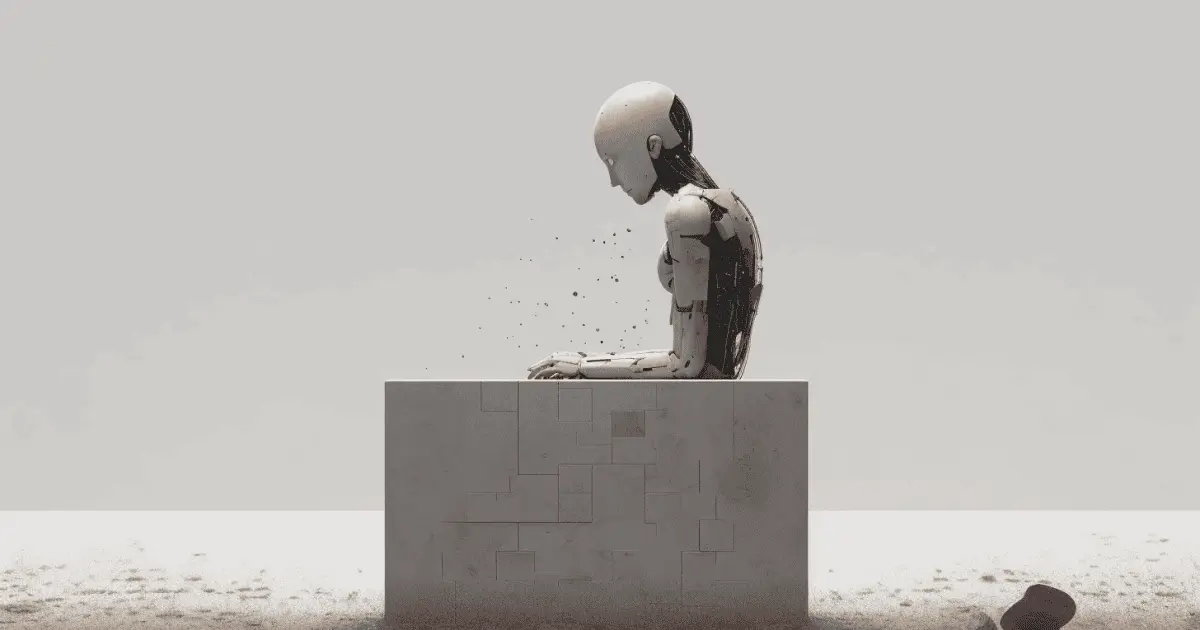This photograph is from the Great Famine of 1877. We don’t think about this much anymore (for good reason), but we should remember that this is where we all come from.

In 1770, The Great Bengal Famine is estimated to have resulted in the deaths of up to 10 million people.
In 1783, The Chalisa Famine is estimated to have resulted in the deaths of up to 11 million people.
In 1791, The Dojibara Famine is estimated to have resulted in the deaths of another 11 million people.
In 1837, The Agra Famine is estimated to have resulted in the deaths of up to 0.8 million people.
In 1860, The Upper Doab Famine is estimated to have resulted in the deaths of up to 2 million people.
In 1865, The Orissa Famine is estimated to have resulted in the deaths of up to 5 million people.
In 1873, The Rajputana Famine is estimated to have resulted in the deaths of up to 1.5 million people.
In 1876, The Great Famine is estimated to have resulted in the deaths of up to 10 million people.
In 1896, The Indian Famine is estimated to have resulted in the deaths of up to 16 million people.
In 1899, The Indian Famine is estimated to have resulted in the deaths of up to 10 million people.
In 1943, The Bengal Famine is estimated to have resulted in the deaths of up to 3 million people.
That is 80 million deaths over 170 years of direct and indirect British Rule, at a time when our total population ranged from 170 million to 240 million. That about 30% of our entire population dead from famine and we can safely assume an equal number physically and mentally stunted. A similar annihilation of our economic base was carried out over 800 years starting with Allaudin Khilji’s 60% tax which continued all the way to 1947 (with short gaps in between). All Indians, especially Hindus, need to internalize this history when they are doing a self-appraisal today. The fact that our ancestors crossed this interminable, burning historical bridge is nothing short of a miracle. And our rise from that debased pit to the sunshine that is our birthright, is the story that should be the fire in every one of our bellies. Our ancestors were survivors, they fought the good fight regardless of the terrible consequences they faced. Physically, economically and morally, we will see our true reflection again only when we shatter the mirror of our colonial self-hate.
Over the course of the past month, before and during the Paris Olympics, we have seen vast amount of trolling of Indians and Indian athletes on Social Media (See here and here for example). No doubt, we will have the last laugh one day, but to get a grip on where we are and where we ought to be, it’s useful to look at some data.
In 1952, Italy sent a contingent of 231 men and women to the Olympics and won 21 medals.
In 2024, India sent a contingent of 110 men and women to the Olympics and won 6 medals.
From the table below, we can see that we are about a decade behind where Italy was in 1950 in terms of GDP per capita, Average Height and Average Life Expectancy. So, in about a decade, that is over the next two or three Olympic Games, our goal should be to be at the 20-medal mark to match Italy’s 1952 performance. For this, we need stable governance, a growing economy, growth of corruption-free institutions and the delivery of basic nutrition to all our children. If we can manage that, we should see a steady gain in average height and musculature over the coming decades.
 Click Image to Enlarge
Click Image to Enlarge
The fact that it has taken 80 long years (after all those famines) for us to even get to this point is a clear reminder of how big a role epigenetic factors play in the medium-term physical well-being of populations. It is also apparent that there is a correlation between the availability of private and public financial resources in a nation and its ability to provide -
- the incentives to make a life in sports possible and attractive,
- to develop high-tech sporting infrastructure,
- to train and pay for support staff,
- to expose sportsmen and women to the highest level of competition, and
- to provide the kind of nutrition needed to train sportsmen and women at the highest level.
A simple analysis of our performances in the Olympics from 1988 to 2024 should give us an idea of our trajectory. I am assuming Seoul 1988 to be ground zero for our Olympic aspirations. It was the year we won no medals at all and in fact, did not even reach the quarter final stage of any sporting discipline at all! Every medal we won before Seoul, I consider to be a flash of individual brilliance, and every medal we won after Seoul, I see as a reflection of the growing institutionalization of sporting infrastructure and culture in our country.




Note 1: Every performance at the quarter final stage and beyond is given 1 point.
Note 2: There may be some inconsistencies in the table above, especially in the way I have interpreted our results in sports which had a repechage round. It’s a bit unclear how to grade those performances.
We see that there has been a steady uptick in our performances over the past 36 years (barring a blip around the Rio Olympics). Our conversion percentage has gone from a low of 0 in Seoul and 2.04% in Atlanta to a high of 21.82% in Paris. That is, approximately 1 in 5 of our athletes reached the quarter final stage and beyond. There has also been a steady rise in the number of sportspersons qualifying for the Olympics. From a low of 46 in 1988 to a plateau of around 110-120 over the past twelve years. The number of disciplines in which we have achieved excellence (advancing to quarter final stage and beyond) is growing, from 0 in Seoul to 16 today. The data shows a steady growth in both breadth and depth of performance. Medal conversion is just a step (or two) away, on which we should focus. Our aim should be to reach Italy’s 1952 level by 2036.
Whether we will ever achieve the miracle that China has achieved is related to a number of uncontrollable social and political factors and it’s not something we should be breaking our heads over. The things that we can control though, should easily help us reach (by the 2036 Olympics) a respectable 20 to 30 medals, befitting a mid-level country with self-awareness and self-esteem.
And why is this important?
Readers of my earlier essays will know that I have no interest in using the rungs in any of the White Man’s ladders as a metric for self-evaluation, but given that we are 1/6th of all humanity, surely we can find enough people to climb (and crest) those ladders anyway?
It strikes me that performance in the Olympics can be seen as a barometer for a number of internal strengths all coming together – General Physical Health in the populace, growing accessibility to good Nutrition, a growing national Self Awareness, a growing national Self-Confidence, a steady growth of sporting and other allied Institutions, a steady decline in institutional Corruption and growth in institutional Efficiency and Probity, a steady increase Public-Private Partnership and last but not least a reclamation of our ancestral Pursuit of Excellence. Additionally, it would also mean that we have, physically, mentally and economically, finally put our colonial experience behind us.
Just as the presence of apex predators in a forest are a sign of a healthy eco-system, so too an Olympic performance commensurate with our national stature would be a sign of a healthy national self-image and a well-oiled institutional capacity.
References
- Image: Willoughby Wallace Hooper, Deserving Objects of Gratuitous Relief, 1877 Great Famine
- Timeline of major famines in India during British rule
- GDP per capita in 1950: Countries Compared
- Variations in male height during the epidemiological transition in Italy
- List of countries by past life expectancy
- India at the 2024 Summer Olympics
- India at the 2020 Summer Olympics
- India at the 2016 Summer Olympics
- India at the 2012 Summer Olympics
- India at the 2008 Summer Olympics
- India at the 2004 Summer Olympics
- India at the 2000 Summer Olympics
- India at the 1996 Summer Olympics
- India at the 1992 Summer Olympics
- India at the 1988 Summer Olympics





